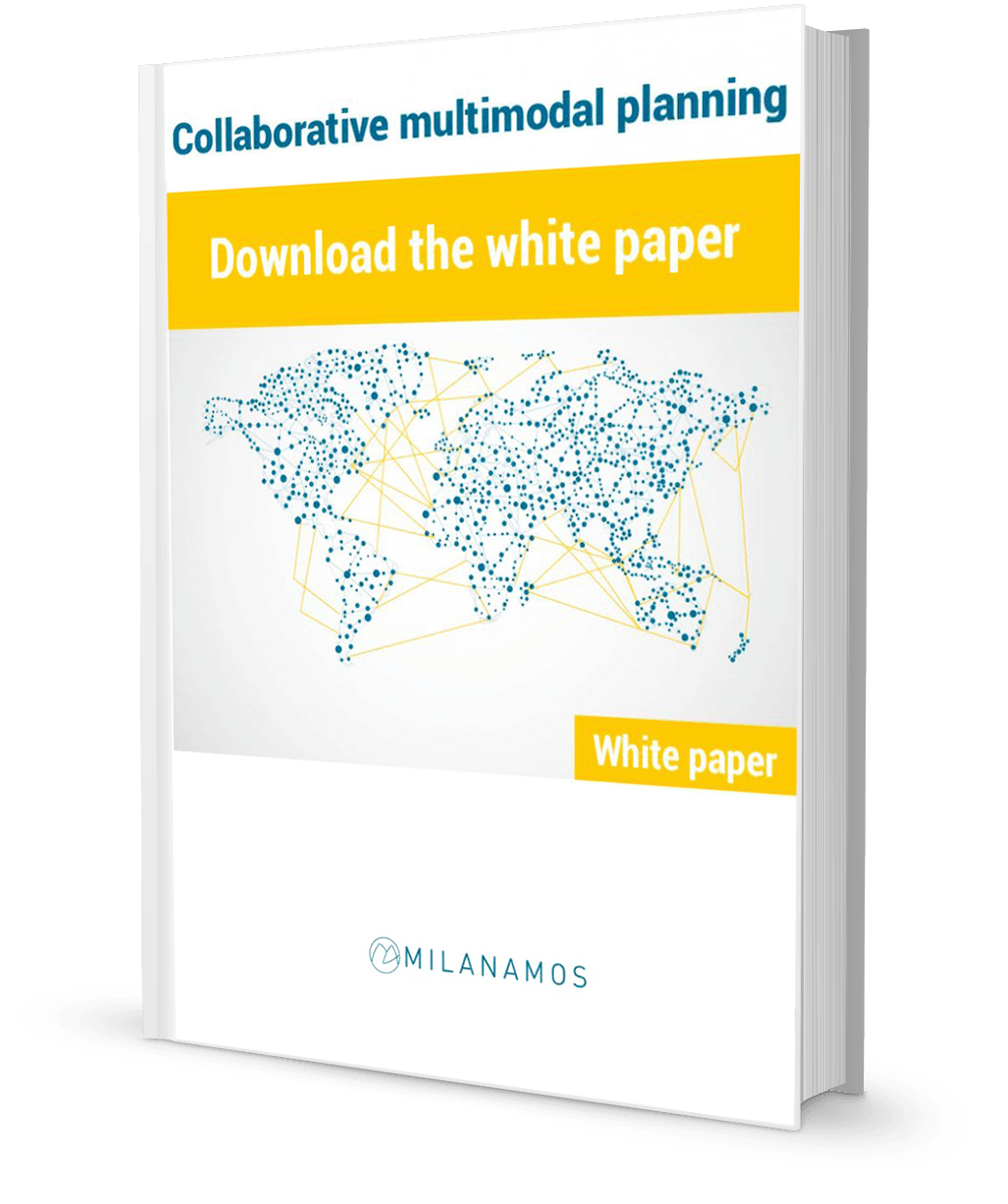There’s a lot of difference between complicated and complex.
Business planning for a single transport operator is complicated. But set out to create a multi-player, multimodal transport network and the permutations lead to incredible complexity.
Today’s enlightened C-Suite knows that collaboration – even with arch rivals – can lead to reduced costs and increased demand. But how can all the players get through the complexity of meeting so many different corporate agendas and regulatory obstacles? And deliver a result that increases revenues and profit?
Christophe Ritter, co-founder of multimodal big data specialist Milanamos, shares some ideas.
Managing the network of single company.
It’s merely complicated.
For any commercial passenger transportation operator – whether rail, air, road or ship – designing a comprehensive network to serve its potential customers is a fairly complicated task.
From a purely commercial standpoint, even if we imagine that an operator decides to operate one destination only, several key questions should be answered:
- What destination should it choose to get the maximum traffic and revenue?
- How many potential intermediate stops should exist, and where?
- What is the best frequency of operations, and at what time should they operate?
- What capacity should be put in place?
- Which days of the week should it operate?
- Should any seasonality of service apply?
- What is the potential demand, and the type of customers to target?
- At what price?
The answers to these questions will quickly lead to an assessment of the operational feasibility of the route, enable evaluation of the infrastructure and human resources, and provide an overall estimate the best utilisation of the operator’s resources to break even and be profitable.
In this hypothetical ‘single operator, single destination’ scenario our entrepreneur will quickly realise that serving additional destinations will be beneficial since doing so will help him to reduce the operational cost-per-kilometre by lowering the fixed costs. However, moving from a simple route to two and more routes requires thinking from a network perspective, and adds more complicated questions to be addressed. For example …
- Should the operator have a coordinated approach on the routes identified to offer true connections on its network?
- Where shall the connections be, and what will be the additional connecting traffic?
Of course the answers to these additional questions may require a change to the initial timing and frequency of operations.
All the foregoing simple but important questions represent key strategic decisions for any transportation operator. However, through a step-by-step approach and feedback loop, each of them can be addressed in a comprehensive manner by the operator to deliver a positive outcome by building a profitable network of destinations.
This linear decision-making approach is possible since our entrepreneur knows the environment in which he operates. She can determine the potential constraints, the potential demand, market prices, and how to best schedule and optimise resources in order to enjoy a profitable operation.
Managing a multi-player, multi-modal network.
Now that’s complex!
To help him decide and design his network, our entrepreneur can benefit from the various decision support systems available. These tools represent a key benefit for him, since he can process multiple sources of data, rapidly build different scenarios, evaluate the profitability of each scenario … and incorporate various operational, commercial, infrastructure or regulatory constraints.
Within a certain procedural linear pattern, multiple network options can be evaluated from the most unconstrained through to a realistic operational schedule of capacity including all operations constraints.
And within a certain mode of transportation, such systems can manage highly complicated competitive and operative environments.
However, the main issue of these solutions is their inability in managing complexity.
The difference between complicated and complex for decision-making and optimisation is the interrelation either between operators, and/or modal environments, and/or any stakeholders in the transportation value chain.
In other words, any airlines having a code share with another partner have to solve a complex optimisation problem since they have to integrate within their strategy the strategic decisions of their partner on a given set of routes.
And of course there’s the added consideration that companies can partner on some routes … but compete on others!
Milanamos technology can cut through complexity.
It’s a fast track to profitable collaborations.
Handling the interrelations between two or more operators who might have a conflicting strategy outside of their zone of cooperation, and who might operate different modes of transportation, handle different competitive environments, and also be subject to different regulatory, operational and infrastructure constraints, is complexity multiplied.
Good news. Milanamos has the experience and IP to cut through this complexity. We can work impartially with the entire ecosystem in a multimodal project to identify opportunities … whilst also differentiating between where partners collaborate and where they compete.
The modern C-Suite sees collaboration – even with arch competitors – as the englighted way to cut costs, boost profits and increase demand. Milanamos can make that vision a reality.











